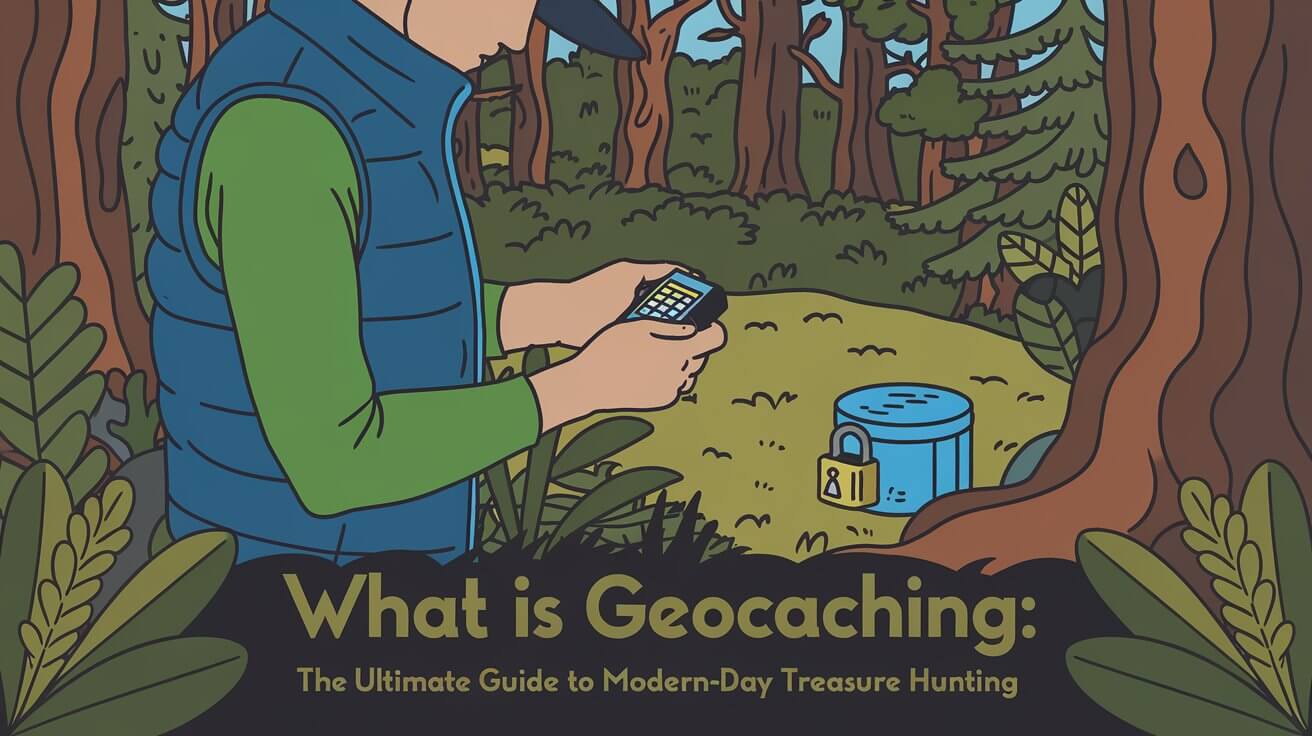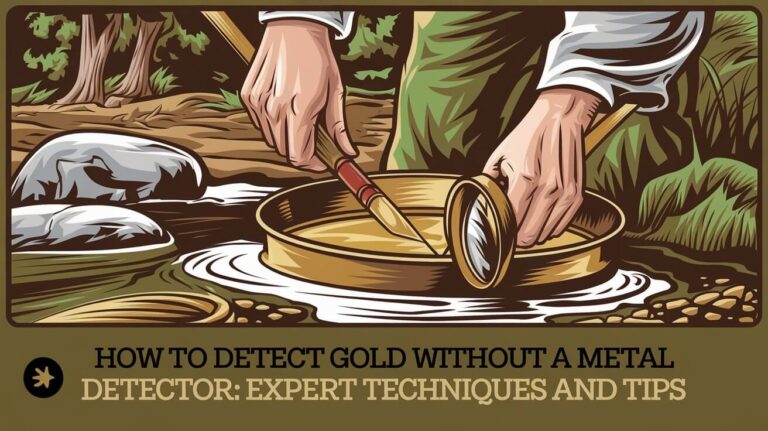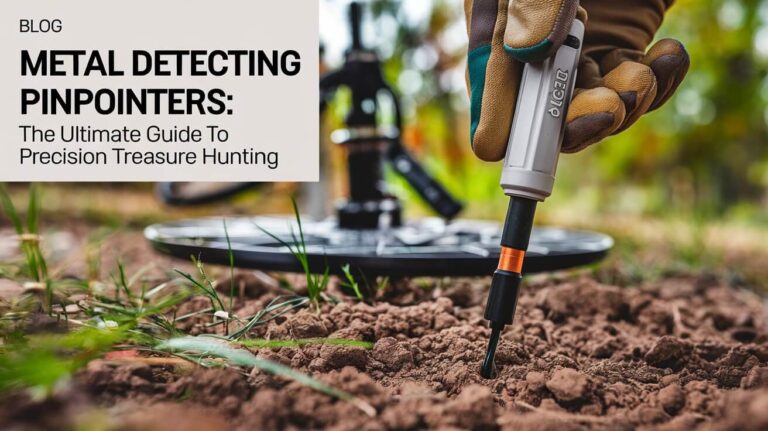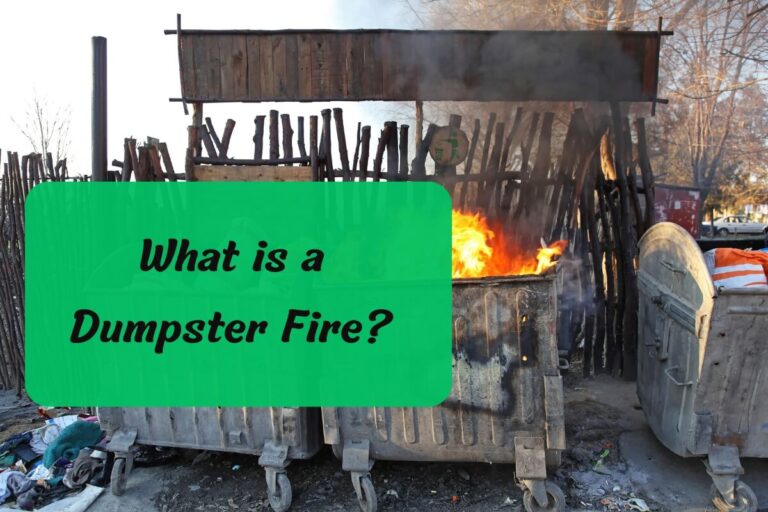
Geocaching is an outdoor adventure game that blends technology with treasure hunting. It involves using GPS-enabled devices to find hidden containers, called “caches,” placed by other participants around the world. This exciting hobby combines exploration, problem-solving, and community engagement, making it a unique and engaging pastime for people of all ages.
In this comprehensive guide, we’ll explore everything you need to know about geocaching, from its origins to advanced techniques. We’ll cover how to get started, the different types of caches, and the global community that makes geocaching such a special activity.
Introduction to Geocaching
Defining Geocaching: A High-Tech Treasure Hunt
At its core, geocaching is a real-world treasure hunt. Players, known as “geocachers,” use GPS coordinates to find hidden containers. These caches can be found in urban areas, parks, forests, and even underwater. The thrill of the search and the joy of discovery make geocaching an addictive hobby for millions worldwide.
Caches come in various sizes and types. Most contain a logbook for finders to sign, and some include small trinkets for trading. The rule is simple: if you take something, leave something of equal or greater value.
The Birth of Geocaching: A Brief History
Geocaching began on May 3, 2000, just one day after the U.S. government removed selective availability from GPS signals. This improvement in GPS accuracy for civilian use sparked an idea in Dave Ulmer, a computer consultant in Beavercreek, Oregon.
Ulmer hid a container in the woods and posted its coordinates online. He called it the “Great American GPS Stash Hunt.” Within days, others began hiding and seeking containers, and a new hobby was born. The term “geocaching” was coined soon after, combining “geo” for earth and “caching” from the computer term for storing data.
How Geocaching Works
The Basics of Finding a Cache
Finding a geocache involves several steps:
- Choose a cache on a geocaching website or app
- Input the coordinates into your GPS device or smartphone
- Navigate to the general area of the cache
- Search for the hidden container
- Sign the logbook and trade items if you wish
- Return the cache exactly as you found it
- Log your find online
This process might sound simple, but it often involves problem-solving, careful searching, and sometimes even climbing or hiking.
Types of Geocaches
Geocaching isn’t one-size-fits-all. There are several types of caches to suit different preferences:
- Traditional Caches: The most common type, involving a container at the given coordinates.
- Multi-Caches: These involve two or more locations, with each stage providing clues to the next.
- Puzzle Caches: These require solving a puzzle to determine the correct coordinates.
- Mystery Caches: Similar to puzzle caches, but with a twist or unknown element.
- Earthcaches: These focus on learning about Earth science at a specific location.
- Virtual Caches: These don’t involve a physical container but require you to answer questions about the location.
Each type offers a unique challenge and experience, keeping the hobby fresh and exciting.
Geocaching Equipment: What You Need to Get Started
To start geocaching, you’ll need:
- A GPS device or smartphone with a geocaching app
- A pen or pencil to sign logbooks
- Small items for trading (optional)
- A geocaching account on a platform like Geocaching.com
That’s all you need to begin! As you get more involved, you might invest in more specialized gear like hiking boots, a UV light for night caches, or waterproof containers for your own caches.
Getting Started with Geocaching
Choosing Your First Geocache
For your first geocaching adventure, look for caches rated as easy to find and access. Traditional caches are often the best for beginners. Consider these factors:
- Difficulty rating: Start with 1 or 2 stars out of 5
- Terrain rating: Choose 1 or 2 stars for easier physical access
- Cache size: Larger caches are typically easier to find
- Recent activity: Caches found recently are more likely to still be in place
Remember, the joy is in the journey, not just the find. Choose a cache in an area you’d like to explore!
Geocaching Etiquette: The Do’s and Don’ts
Geocaching has its own set of unwritten rules. Here are some key points:
Do:
- Respect the environment and follow “Leave No Trace” principles
- Replace the cache exactly as you found it
- Trade fairly if you take an item
- Be discreet when searching to avoid drawing attention
Don’t:
- Move or hide caches differently
- Take the logbook or the cache itself
- Place food, scented items, or dangerous objects in caches
- Spoil the experience for others by revealing cache locations
Following these guidelines ensures the game remains fun and sustainable for everyone.
Logging Your Finds: Online and Offline
When you find a cache, you’ll typically sign a physical logbook inside the container. This proves you were there and is a fun record for the cache owner.
After your adventure, log your find online. Share your experience, post photos (being careful not to reveal the exact hiding spot), and thank the cache owner. These logs create a sense of community and help maintain the game’s infrastructure.
The Global Geocaching Community
Geocaching Events and Meetups
Geocaching isn’t just a solitary pursuit. The community organizes various events:
- Event Caches: Local gatherings of geocachers
- Mega-Events: Large events attracting 500+ attendees
- Giga-Events: Huge geocaching festivals with 5000+ attendees
- CITO (Cache In Trash Out) Events: Combining geocaching with environmental clean-up
These events are great opportunities to meet fellow geocachers, share stories, and learn new tips and tricks.
Online Platforms and Resources for Geocachers
The geocaching community thrives online. Key resources include:
- Geocaching.com: The largest and most popular geocaching platform
- OpenCaching Network: An alternative, open-source geocaching platform
- Geocaching forums and social media groups: Great for advice and community engagement
- Geocaching blogs and YouTube channels: Offer tips, gear reviews, and adventure stories
These platforms help geocachers connect, learn, and share their passion for the hobby.
Geocaching Adventures: Beyond the Basics
Multi-Caches and Puzzle Caches: Challenging Your Skills
As you gain experience, you might want to try more challenging caches:
Multi-Caches involve finding multiple locations before reaching the final cache. They often incorporate local history or interesting locations, turning your geocaching adventure into a guided tour.
Puzzle Caches require solving a puzzle to determine the correct coordinates. These can range from simple riddles to complex cryptography, appealing to geocachers who love mental challenges as much as physical ones.
Earthcaches: Combining Geocaching with Earth Science
Earthcaches are unique educational experiences. Instead of finding a physical container, you visit a location to learn about a unique geoscience feature. To log an Earthcache, you typically need to answer questions about the site, encouraging active learning about our planet.
Travel Bugs and Geocoins: Tracking Objects Around the World
Travel Bugs and Geocoins are trackable items that move from cache to cache. Each has a unique tracking code and often a goal, like reaching a specific location or traveling a certain distance. Following these items’ journeys adds an extra layer of excitement to geocaching.
The Benefits of Geocaching
Physical Health: Getting Active Outdoors
Geocaching is a great way to incorporate more physical activity into your life. Whether you’re taking a short walk in a city park or hiking up a mountain, geocaching gets you moving. It’s exercise disguised as fun!
Mental Wellbeing: The Thrill of the Hunt
The excitement of the search and the satisfaction of a find can boost your mood and reduce stress. Geocaching provides a sense of purpose to outdoor activities and can be a great way to practice mindfulness as you focus on the present moment during your search.
Educational Value: Learning Through Exploration
Geocaching often leads you to historical sites, unique geological features, or hidden gems in your area. Many cache descriptions include information about the location, turning each find into a learning opportunity. It’s a hands-on way to discover more about geography, history, and nature.
Geocaching Safety and Best Practices
Staying Safe While Geocaching
While geocaching is generally safe, it’s important to take precautions:
- Always be aware of your surroundings
- Let someone know where you’re going
- Bring water, snacks, and appropriate gear for the terrain
- Don’t put yourself in danger to find a cache
- Trust your instincts – if something feels off, leave the area
Respecting the Environment: Leave No Trace Principles
Geocachers are stewards of the environment. Follow these principles:
- Stay on designated trails
- Pack out all trash, even if it’s not yours (Cache In Trash Out)
- Don’t disturb wildlife or vegetation
- Be careful not to cause erosion when searching for caches
Dealing with Muggles: Non-Geocachers and Cache Safety
“Muggles” in geocaching lingo are non-geocachers who might stumble upon a cache. To protect caches:
- Be discreet when searching and retrieving caches
- If muggles are present, wait to search or pretend you’re doing something else
- Never draw attention to a cache’s hiding spot
- If asked, use the opportunity to introduce others to geocaching
Creating and Hiding Your Own Geocaches
Guidelines for Hiding a Cache
Hiding your own cache can be as fun as finding them. Follow these guidelines:
- Get permission from the landowner
- Choose a unique and interesting location
- Make sure the cache is at least 0.1 miles from other caches
- Use a durable, waterproof container
- Include a logbook and a clear label identifying it as a geocache
- Provide accurate coordinates and a helpful description
Maintaining Your Geocache
Cache ownership is a responsibility. Regular maintenance includes:
- Checking on your cache periodically
- Replacing wet or full logbooks
- Ensuring the cache hasn’t been muggled or damaged
- Responding to logs reporting issues with the cache
Good maintenance ensures your cache provides enjoyment for years to come.
Geocaching Around the World
Popular Geocaching Destinations
Geocaching has spread to every continent, including Antarctica! Some popular destinations include:
- Seattle, Washington: The headquarters of Geocaching.com and a geocaching mecca
- Prague, Czech Republic: Known for creative urban caches
- New Zealand: Offering stunning landscapes and unique outdoor caches
- Hawaii: Combining tropical beauty with geocaching adventures
Unique and Extreme Geocaches
Some caches push the limits of accessibility and creativity:
- Underwater caches for scuba divers
- High-altitude caches on mountain peaks
- Puzzle caches requiring months to solve
- Night caches only visible with UV light
These extreme caches showcase the diversity and creativity of the geocaching community.
The Future of Geocaching
Technological Advancements in Geocaching
As technology evolves, so does geocaching. Future developments might include:
- Augmented reality integration for cache finding
- Improved GPS accuracy for more precise cache placement
- Virtual reality caches for a blend of digital and real-world experiences
- AI-powered cache recommendations based on user preferences
Trends and Predictions for the Geocaching Community
The geocaching community continues to grow and evolve. Future trends might include:
- Increased focus on eco-friendly and educational caches
- More integration with other outdoor activities like hiking and photography
- Growth of geocaching tourism, with destinations catering to geocachers
- Expansion of geocaching into new areas, both geographically and conceptually
Conclusion: Why Geocaching Continues to Captivate Explorers
Geocaching offers a unique blend of outdoor adventure, problem-solving, and community engagement. It transforms ordinary walks into exciting treasure hunts and encourages exploration of both familiar and new places. The continuous evolution of cache types and hiding techniques keeps the hobby fresh and exciting.
Whether you’re looking for a fun family activity, a new way to exercise, or a chance to explore your surroundings, geocaching has something to offer. It’s a hobby that grows with you, offering new challenges and experiences as your skills improve.
So, what is geocaching? It’s more than just finding hidden containers – it’s about discovery, community, and the joy of exploration. Why not give it a try? Your next adventure might be just around the corner, hidden in plain sight, waiting to be discovered.






